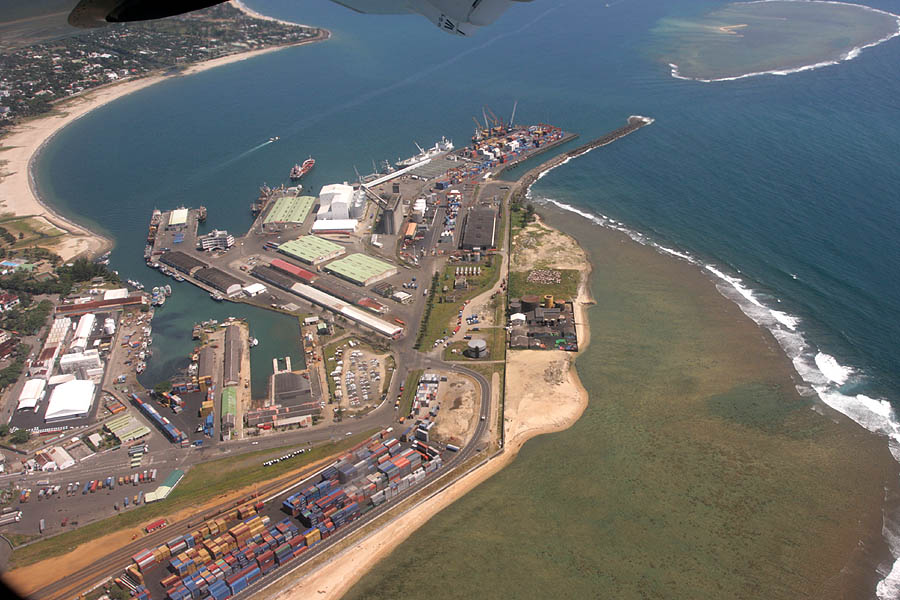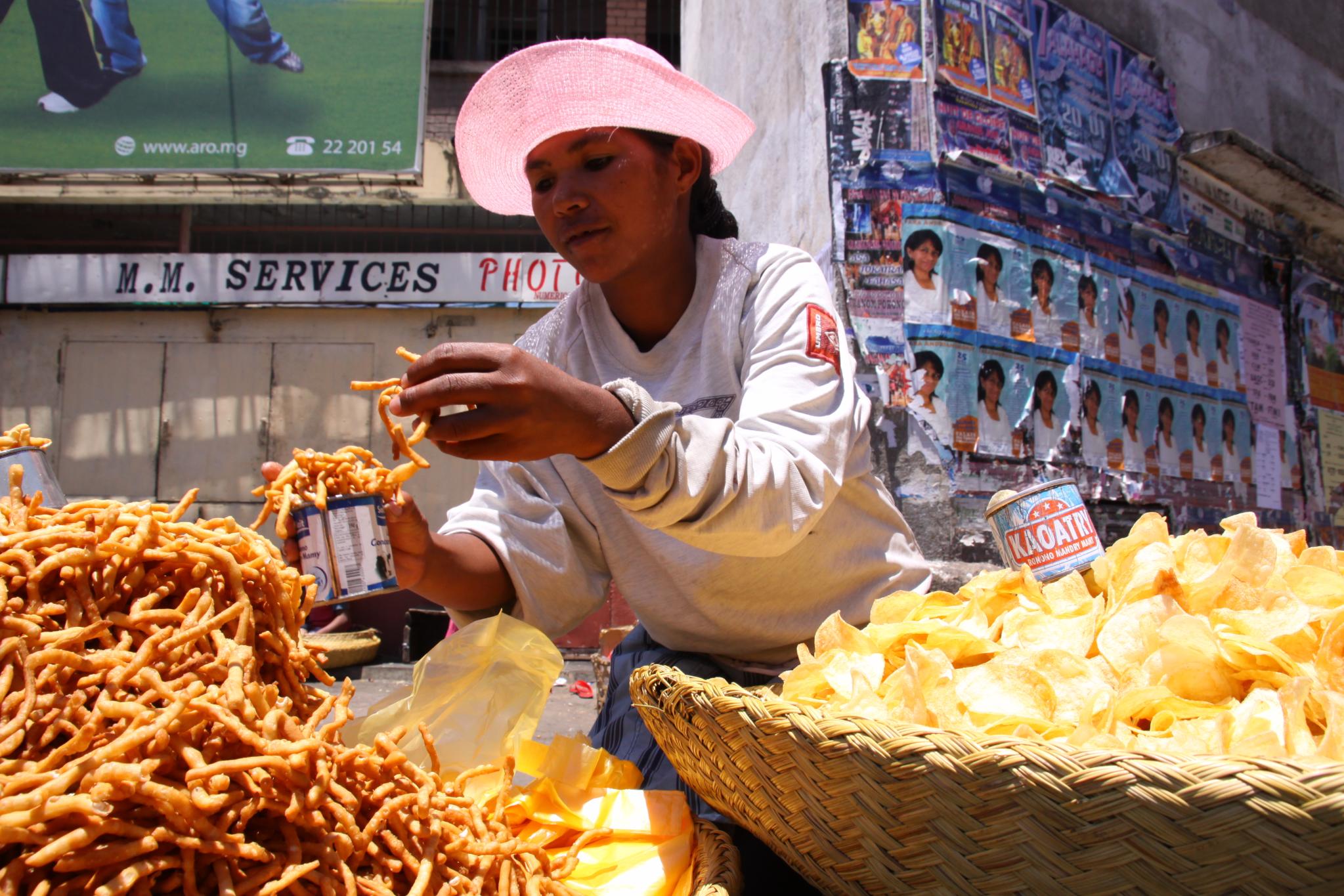|
Paul Venel
Paul Célestin Marie Joseph Venel (25 January 1864 – 25 March 1920) was a French army officer and colonial governor. He served as Commandant of the Military Territory of Zinder (modern-day Niger) from 1908 to 1911, and Commissioner from 1913 to 1915. Venel was in command of the 11th Colonial Infantry Division, part of the Corps expéditionnaire d'Orient, from August to November 1917, fighting in the Macedonian front. Early life and education Paul Célestin Marie Joseph Venel was born on 25 January 1864 in Hesse, the son of Dominique Auguste Venel and Mélanie Béna. His father Auguste was a local teacher who opted for France and moved to Seichamps, after the annexation of a part of his native province by Germany following the Franco-Prussian War. Paul enrolled at the Saint-Cyr military academy on 30 October 1882. He graduated 144th of 406 students in the ''promotion'' (class) "Black Pavillions". Service in the Marines He became a sub-lieutenant in the 1st Marine Infantr ... [...More Info...] [...Related Items...] OR: [Wikipedia] [Google] [Baidu] |
Hesse, Moselle
Hesse (; ) is a commune in the Moselle department Department may refer to: * Departmentalization, division of a larger organization into parts with specific responsibility Government and military *Department (administrative division), a geographical and administrative division within a country, ... in Grand Est in north-eastern France. See also * Communes of the Moselle department References External links * Communes of Moselle (department) {{SarrebourgChâteauSalins-geo-stub ... [...More Info...] [...Related Items...] OR: [Wikipedia] [Google] [Baidu] |
Cherbourg-Octeville
Cherbourg-Octeville () is a former commune in the Manche department in Normandy in north-western France.Commune de Cherbourg-Octeville (50129), commune déléguée INSEE It was formed when and Octeville merged on 28 February 2000.Décret 23 February 2000 On 1 January 2016, it was merged into the new commune of |
Bara People
The Bara people are a Malagasy ethnic group living in the southern part of the central plateaus of Madagascar, in the Toliara Province, concentrated around their historic capital at Ihosy. The Bara are the largest of the island's zebu-herding peoples and have historically lived a semi-nomadic lifestyle, although an increasing proportion are practicing agriculture. Bara society is highly patriarchal and endogamy and polygamy are practiced among some Bara tribes. Young men practice cattle rustling to prove their manhood before marriage, and the ''kilalaky'' musical and dance tradition associated with cattle rustlers has gained popularity across the island. Historically the Bara were organized into numerous affiliated kingdoms ruled by nobles of the Zafimanely line. They were largely united under a single king in the late 18th century before again dissolving into competing kingdoms. Over the 19th century, Bara participation in slave and cattle trading and raids into neighbo ... [...More Info...] [...Related Items...] OR: [Wikipedia] [Google] [Baidu] |
Antananarivo
Antananarivo ( French: ''Tananarive'', ), also known by its colonial shorthand form Tana, is the capital and largest city of Madagascar. The administrative area of the city, known as Antananarivo-Renivohitra ("Antananarivo-Mother Hill" or "Antananarivo-Capital"), is the capital of Analamanga region. The city sits at above sea level in the center of the island, the highest national capital by elevation among the island countries. It has been the country's largest population center since at least the 18th century. The presidency, National Assembly, Senate and Supreme Court are located there, as are 21 diplomatic missions and the headquarters of many national and international businesses and NGOs. It has more universities, nightclubs, art venues, and medical services than any city on the island. Several national and local sports teams, including the championship-winning national rugby team, the Makis are based here. Antananarivo was historically the capital of the Merina peop ... [...More Info...] [...Related Items...] OR: [Wikipedia] [Google] [Baidu] |
Tamatave
Toamasina (), meaning "like salt" or "salty", unofficially and in French Tamatave, is the capital of the Atsinanana region on the east coast of Madagascar on the Indian Ocean. The city is the chief seaport of the country, situated northeast of its capital and biggest city Antananarivo. In 2018 Toamasina had a population of 325,857. History Under French rule, Toamasina was the seat of several foreign consuls, as well as of numerous French officials, and was the chief port for the capital and the interior. Imports consisted principally of piece-goods, farinaceous foods, and iron and steel goods; main exports were gold dust, raffia, hides, caoutchouc (natural rubber) and live animals. Communication with Europe was maintained by steamers of the Messageries Maritimes and the Havraise companies, and also with Mauritius, and thence to Sri Lanka, by the British Union-Castle Line. During the colonial period, owing to the character of the soil and the formerly crowded native population, ... [...More Info...] [...Related Items...] OR: [Wikipedia] [Google] [Baidu] |
Tirailleur
A tirailleur (), in the Napoleonic era, was a type of light infantry trained to skirmish ahead of the main columns. Later, the term "''tirailleur''" was used by the French Army as a designation for indigenous infantry recruited in the French colonial territories during the 19th and 20th centuries, or for metropolitan units serving in a light infantry role. The French army currently maintains one tirailleur regiment, the '' 1er régiment de tirailleurs''. This regiment was known as the 170th infantry regiment between 1964 and 1994. Prior to 1964, it was known as the ''7e régiment de tirailleurs algériens'', but changed its name after it moved to France as a result of Algerian independence. History Napoleonic period In the wars of the French Revolutionary and Napoleonic periods, the designation "tirailleur" was a French military term used at first to refer generically to light infantry skirmishers. The first regiments of Tirailleurs so called were part of the Imperial G ... [...More Info...] [...Related Items...] OR: [Wikipedia] [Google] [Baidu] |
Malagasy People
The Malagasy (french: Malgache) are an Austronesian-speaking African ethnic group native to the island country of Madagascar. Traditionally, the population have been divided by subgroups (tribes or ethnicities). Examples include "Highlander" (ethnically Austronesian/Malay-Indonesian with less Bantu ancestry) groups such as the Merina and Betsileo of the central highlands around Antananarivo, Alaotra ''(Ambatondrazaka)'' and Fianarantsoa, and the "coastal dwellers" (ethnically Bantu with less Austronesian ancestry) with tribes like the Sakalava, Bara, Vezo, Betsimisaraka, Mahafaly, etc. The Merina are also further divided into two subgroups. The “Merina A” are the Hova and Andriana, and have an average of 30–40% Bantu ancestry. The second subgroup is the “Merina B”, the Andevo, who have an average of 40-50% Bantu ancestry. They make up less than 1/3 of Merina society. The Malagasy population was 2,242,000 in the first census in 1900. Their population experienced a m ... [...More Info...] [...Related Items...] OR: [Wikipedia] [Google] [Baidu] |
Sitia
Sitia ( el, Σητεία) is a port town and a municipality in Lasithi, Crete, Greece. The town has 9,912 inhabitants (2011) and the municipality has 18,318 (2011). It lies east of Agios Nikolaos and northeast of Ierapetra. Sitia port is on the Sea of Crete, part of the Aegean Sea and is one of the economic centers of the Lasithi region. European route E75, which ends in Vardø, starts in Sitia. Sitia is served by the Sitia Public Airport. Sitia has not experienced the effects of mass tourism even though there is a long beach along the road leading to Vai and several places of historical interest. Geography Municipality The municipality Sitia was formed at the 2011 local government reform by the merger of the following 3 former municipalities which became municipal units: *Itanos *Lefki, Lasithi *Sitia The municipality has an area of , the municipal unit . Province The province of Siteia ( el, Επαρχία Σητείας) was one of the provinces of Lasithi. Its territory co ... [...More Info...] [...Related Items...] OR: [Wikipedia] [Google] [Baidu] |
Marseille
Marseille ( , , ; also spelled in English as Marseilles; oc, Marselha ) is the prefecture of the French department of Bouches-du-Rhône and capital of the Provence-Alpes-Côte d'Azur region. Situated in the camargue region of southern France, it is located on the coast of the Gulf of Lion, part of the Mediterranean Sea, near the mouth of the Rhône river. Its inhabitants are called ''Marseillais''. Marseille is the second most populous city in France, with 870,731 inhabitants in 2019 (Jan. census) over a municipal territory of . Together with its suburbs and exurbs, the Marseille metropolitan area, which extends over , had a population of 1,873,270 at the Jan. 2019 census, the third most populated in France after those of Paris and Lyon. The cities of Marseille, Aix-en-Provence, and 90 suburban municipalities have formed since 2016 the Aix-Marseille-Provence Metropolis, an Indirect election, indirectly elected Métropole, metropolitan authority now in charge of wider metropo ... [...More Info...] [...Related Items...] OR: [Wikipedia] [Google] [Baidu] |
Great Powers
A great power is a sovereign state that is recognized as having the ability and expertise to exert its influence on a global scale. Great powers characteristically possess military and economic strength, as well as diplomatic and soft power influence, which may cause middle or small powers to consider the great powers' opinions before taking actions of their own. International relations theorists have posited that great power status can be characterized into power capabilities, spatial aspects, and status dimensions. While some nations are widely considered to be great powers, there is considerable debate on the exact criteria of great power status. Historically, the status of great powers has been formally recognized in organizations such as the Congress of ViennaDanilovic, Vesna. "When the Stakes Are High – Deterrence and Conflict among Major Powers", University of Michigan Press (2002), pp 27, 225–22(PDF chapter downloads) [...More Info...] [...Related Items...] OR: [Wikipedia] [Google] [Baidu] |
International Squadron (Cretan Intervention, 1897–1898)
The International Squadron was a naval Squadron (naval), squadron formed by a number of Great Powers in early 1897, just before the outbreak of the Greco-Turkish War of 1897, to intervene in a native Greek people, Greek Cretan Revolt (1897–1898), rebellion on Crete against rule by the Ottoman Empire. Warships from Austria-Hungary, France, the German Empire, Italy, the Russian Empire, and the United Kingdom made up the squadron, which operated in Cretan waters from February 1897 to December 1898. The senior admiral from each country present off Crete became a member of an "Admirals Council" – also called the "Council of Admirals" and "International Council" – charged with managing the affairs of Crete, a role the admirals played until December 1898. The most senior admiral among those in Cretan waters served both as overall commander of the International Squadron and as the council's president. Initially, Italian Vice Admiral Felice Napoleone Canevaro (1838–1926) served in th ... [...More Info...] [...Related Items...] OR: [Wikipedia] [Google] [Baidu] |
Ottoman Empire
The Ottoman Empire, * ; is an archaic version. The definite article forms and were synonymous * and el, Оθωμανική Αυτοκρατορία, Othōmanikē Avtokratoria, label=none * info page on book at Martin Luther University) // CITED: p. 36 (PDF p. 38/338) also known as the Turkish Empire, was an empire that controlled much of Southeast Europe, Western Asia, and Northern Africa between the 14th and early 20th centuries. It was founded at the end of the 13th century in northwestern Anatolia in the town of Söğüt (modern-day Bilecik Province) by the Turkoman tribal leader Osman I. After 1354, the Ottomans crossed into Europe and, with the conquest of the Balkans, the Ottoman beylik was transformed into a transcontinental empire. The Ottomans ended the Byzantine Empire with the conquest of Constantinople in 1453 by Mehmed the Conqueror. Under the reign of Suleiman the Magnificent, the Ottoman Empire marked the peak of its power and prosperity, as well a ... [...More Info...] [...Related Items...] OR: [Wikipedia] [Google] [Baidu] |






